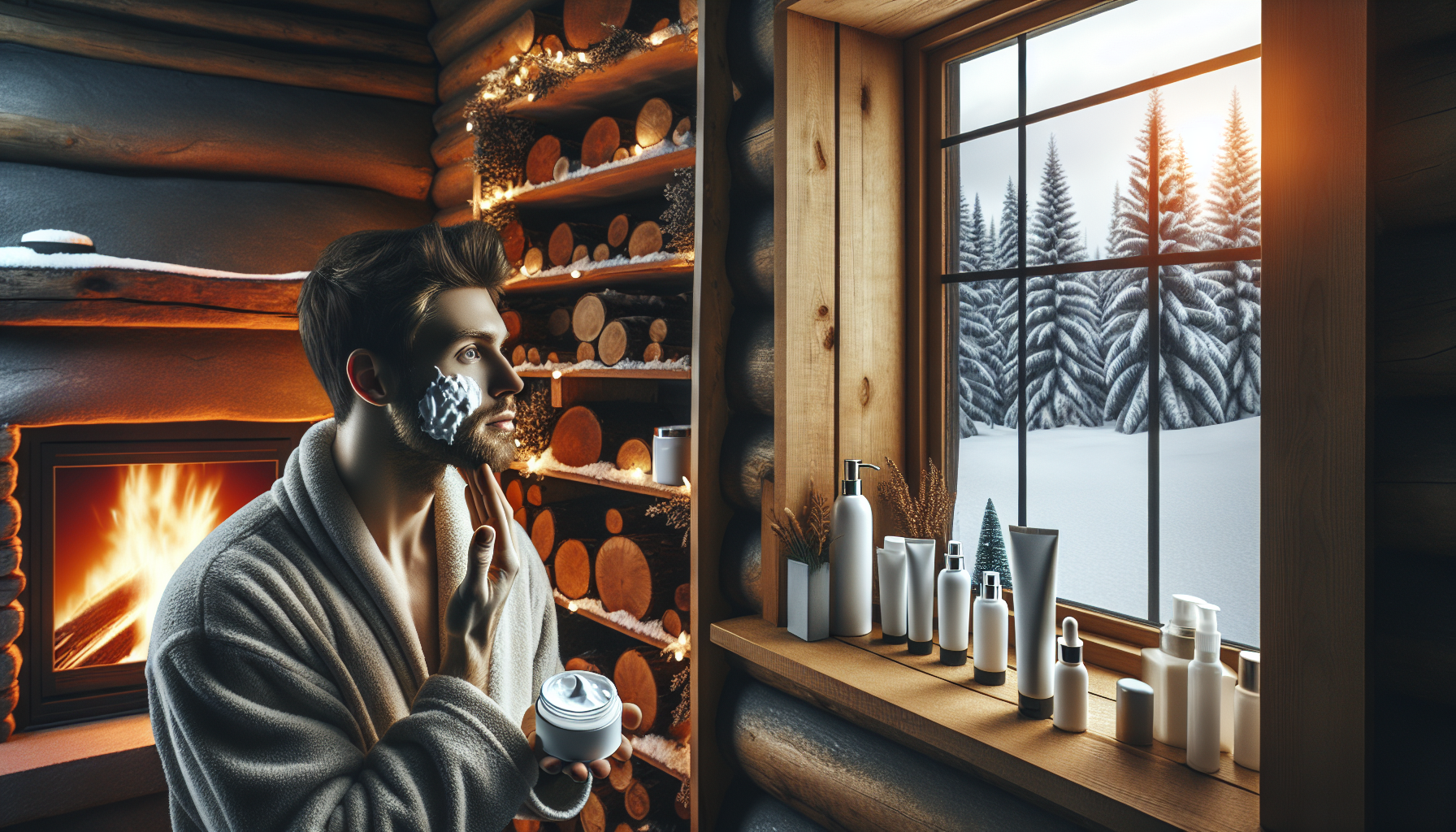Dry skin is a common condition that can become particularly problematic during the colder months. As temperatures drop and the air becomes drier, our skin is more susceptible to dehydration, leading to discomfort and potential exacerbation of skin conditions. Understanding how to treat and protect your skin against the harsh elements of a cold climate is critical for maintaining its health and vitality.
The Challenge of Dry Skin in Winter
The winter season poses unique challenges for skin care. Cold temperatures and low humidity levels result in a lack of moisture in the environment, which can strip the skin of its natural oils. These oils form a protective barrier that helps retain moisture and protect the skin from irritants. Without them, skin can become dry, flaky, and itchy.
Indoor heating adds to the problem by further reducing the humidity in your surroundings, exacerbating moisture loss from your skin. This combination of outdoor and indoor environments during winter can leave your skin feeling tight, rough, and sensitive.
Understanding Skin Health
To address dry skin effectively, it’s essential to have a foundational understanding of skin health. The skin is the body’s largest organ and acts as a first line of defense against external factors. It regulates temperature, protects against harmful microbes, and provides sensory information. When the skin’s barrier function is compromised, as is often the case in cold climates, its ability to perform these vital roles diminishes.
Strategies for Hydration and Protection
Adjust Your Skin Care Routine
With the change in season, your skincare routine should also shift to adapt to the colder climate. Here are some targeted strategies:
-
Switch to Richer Moisturizers: Opt for heavier creams and ointments that create a physical barrier to prevent moisture loss. Look for products containing hyaluronic acid, ceramides, and glycerin, which are known for their hydrating properties.
-
Gentle Cleansing: Use mild, soap-free cleansers that don’t strip the skin’s natural oils. Avoid products with alcohol or fragrances that can irritate dry skin.
-
Exfoliation: While it’s important to remove dead skin cells, over-exfoliation can damage the skin barrier. Use a gentle exfoliator and limit exfoliation to once a week.
-
Use a Humidifier: To counteract the drying effects of indoor heating, use a humidifier to add moisture back into the air.
-
Protect Your Skin: When going outside, cover as much skin as possible with clothing, and don’t forget to apply a broad-spectrum sunscreen with at least SPF 30. UV rays can penetrate clouds and snow, contributing to moisture loss and damaging the skin.
Dietary Considerations
Your diet can also play a role in skin health, especially when it comes to hydration and protecting against environmental stress. Incorporate foods rich in omega-3 fatty acids, such as salmon and flaxseeds, which can help reinforce the skin’s lipid barrier. Drinking plenty of water is also crucial to help maintain internal hydration.
Professional Care and Treatments
For those with severe dry skin or skin conditions like eczema or psoriasis, professional dermatological treatments may be necessary. Phototherapy, prescription creams, and even certain oral medications can help alleviate symptoms.
Addressing Related Skin Concerns
Other skin concerns can arise or be exacerbated during the winter months. Here are some additional resources to help address these issues:
-
Tailoring Skin Care to Genetic Skin Types: Understanding your genetic skin type can help you select the best products and routines for your skin (source).
-
The Role of Skin Care in Holistic Wellness: Explore how your skin care fits into a larger wellness routine (source).
-
How to Choose the Right Moisturizer for Your Skin Type: Learn how to select a moisturizer that aligns with your skin’s needs (source).
External Resources for Further Information
To supplement the information provided here, consider these niche and specific external resources:
-
National Eczema Association – Offers in-depth guidance on the role of moisturizing in managing eczema, which can be particularly problematic in winter.
-
American Academy of Dermatology – Provides a comprehensive overview of winter skin care tips from leading dermatologists.
-
Skin Cancer Foundation – Discusses photoaging and the importance of sunscreen in the winter months to protect against UV damage.
By exploring these resources, you can gain a more nuanced understanding of how to care for your skin in a cold climate.
Conclusion
Treating dry skin in cold climates requires a multifaceted approach that includes modifying your skincare routine, considering dietary changes, and possibly seeking professional treatments. By understanding the unique demands of winter on your skin and implementing these strategies, you can maintain healthy, hydrated skin throughout the season.
Remember to listen to your skin and adjust your care as needed. With the right approach, you can combat the drying effects of cold weather and keep your skin feeling soft, supple, and comfortable all winter long.



